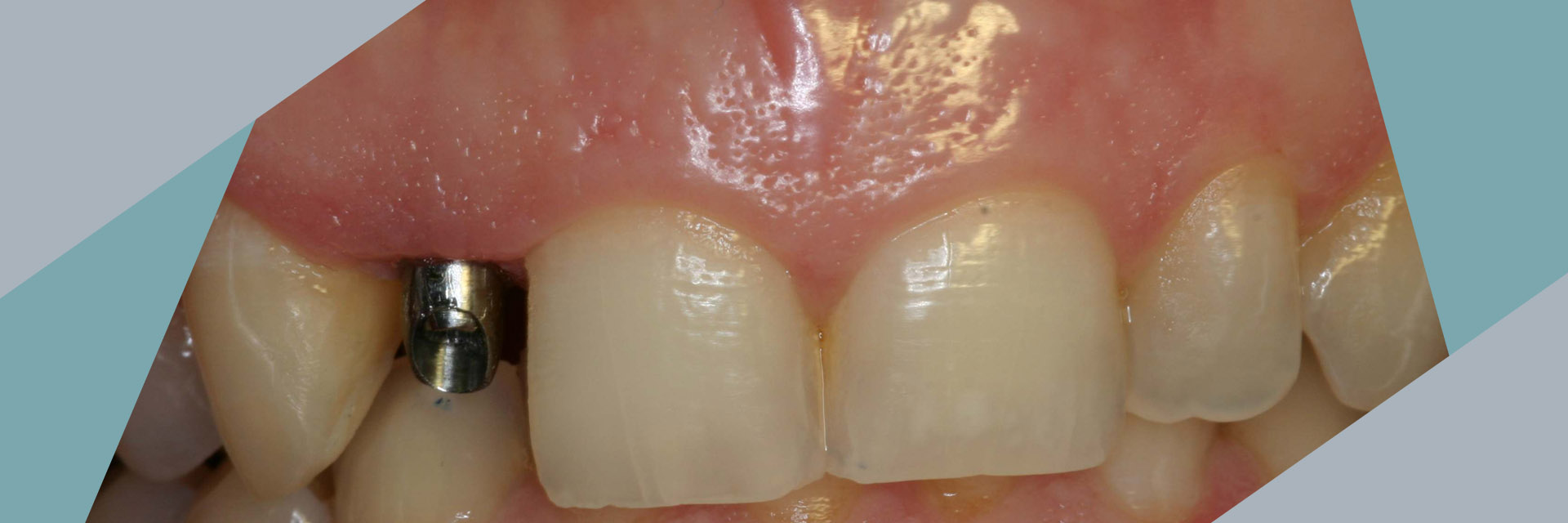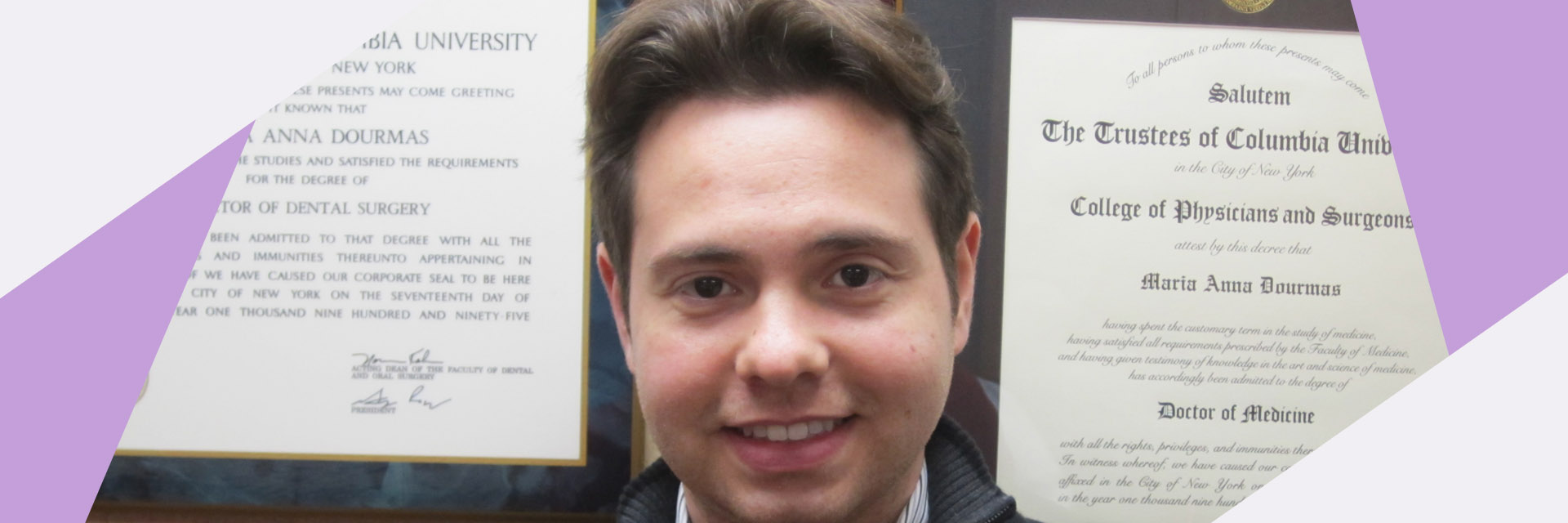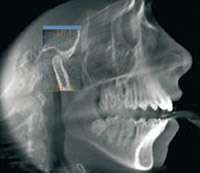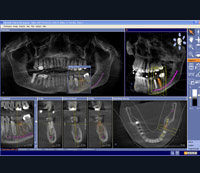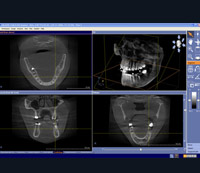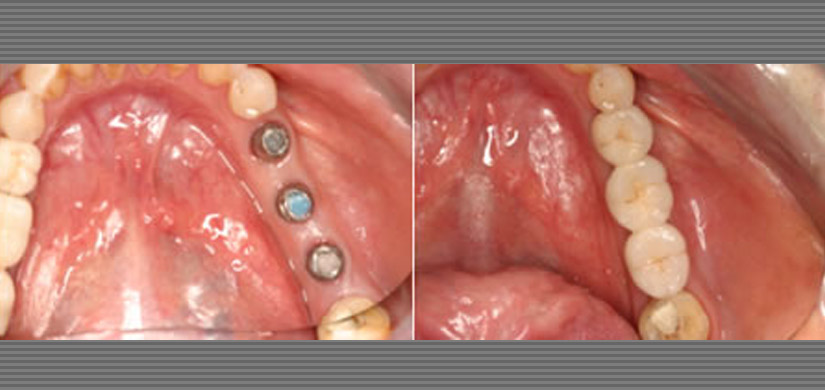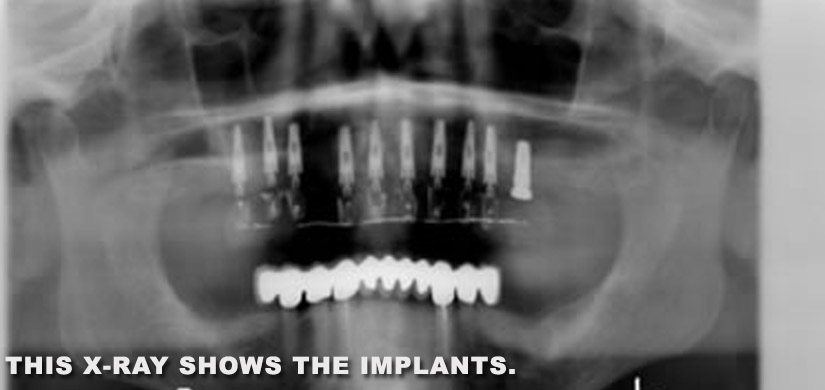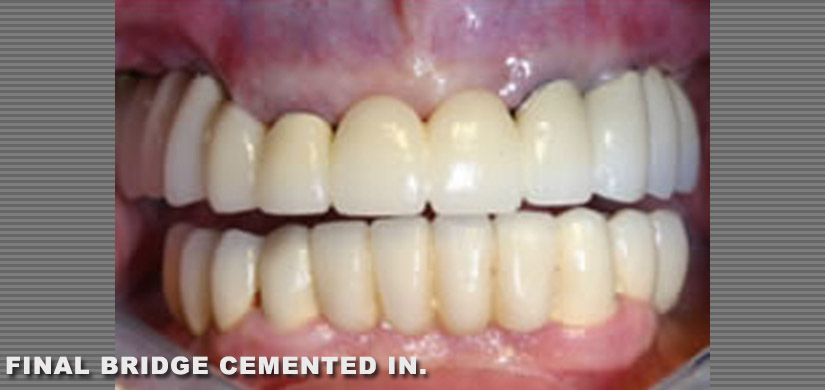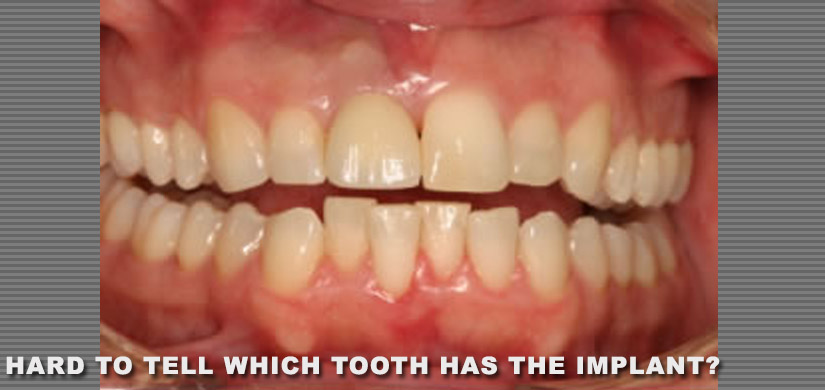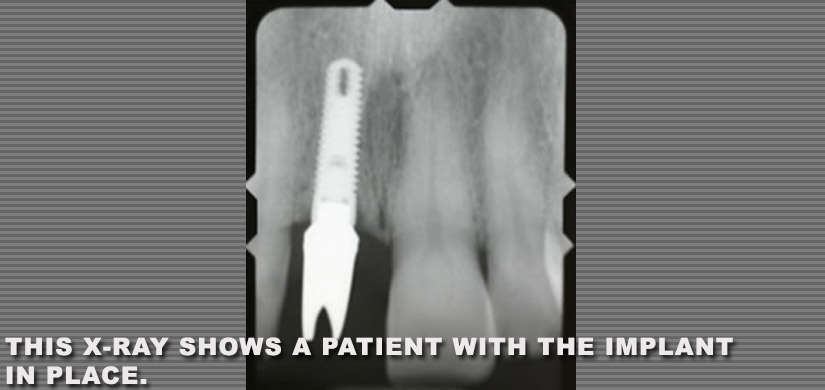What are Dental Implants?
For teeth that are lost or damaged beyond repair, modern dental implants can provide a permanent replacement that maintain the look, feel, and function of natural teeth. Dental implants are changing the way people live. They are designed to provide a foundation for replacement teeth which look, feel and function like natural teeth. The person who has lost teeth regains the ability to eat virtually anything, knowing that teeth appear natural and that facial contours will be preserved they can smile with confidence.
While the placement of dental implants was attempted for many decades in the twentieth century, it was not until the 1950’s that discoveries were made that laid the foundation for modern reconstructive surgery.
Professor Per-Ingvar Branemark was perhaps the most important figure in the advancement of implant dentistry. His significant breakthrough, in the 1950’s, was the discovery that bone can integrate with titanium components. That is, living bone could become so fused with the titanium oxide layer of an implant that the two could not be separated without fracture. This process, whereby nature allows the attachment of bone cells to the titanium surface became known as “osseointegration.”
As a result of studying the osseointegration process, scientists developed dental implants, which are simply small titanium cylinders placed into the jawbone to support replacement teeth. These titanium implants fuse with your bone and provide a permanent anchorage for a prosthetic reconstruction which looks and feels like a natural tooth. Worldwide more than 800,000 patients have been treated since 1965 with dental implant reconstructions.
3D Imaging for Implant Placement
- To provide our patients with the best care available, we use the Galileos 3D Cone Beam Scanner. A high efficiency scan with the lowest radiation does and the quality that rivals a hospital CT Scan.
- This allows for the most accurate implant planning possible. This technology is only available in a few select offices in the Tri-State area.
- We provide this cutting edge technology in house as a service to our Patients. Patients can now conveniently learn if they are a good candidate for implants without traveling to an outside imaging center.
What are the Benefits?
Dental Implants Eliminate Pain and Discomfort aside from dental implants, one of the other methods of replacing missing teeth is thru the placement of removable full or partial dentures. However, since dentures sit on top of the jawbone and gums, continuous shrinkage of the jaw bone alters the fit of the denture, resulting in slipping or rocking of the dentures. Exposed nerves and irritation of the gum tissue may add to the discomfort. Dental implants eliminate the pain and discomfort of removable full or partial dentures. Dental Implant supported replacement teeth are like natural teeth because they are anchored securely to your jawbone. Gum irritation and the pain of exposed nerves associated with conventional full or partial dentures are eliminated.Prevent Bone Loss As a result of losing one or more teeth, you inevitably lose mass in your jaw. This affects the overall skeletal structure of your face which not only changes your profile, but also may result in thin lips, drooping muscles, jowls or witch’s chin.
Spreading bone loss in the jaw affects the gums and ridges in your mouth, as well as the muscles and nerves in and around the mouth. Dental implants prevent bone loss, because implants halt and even reverse the bone loss that results from losing teeth. Complete denture wearers on the other hand become aware of jawbone loss as their dentures become loose. People who lose one tooth, which is replaced by a bridge, may even be unaware that the jaw bone is dissolving.It is as if dental implants “trick” the bone into thinking there is still a tooth present. By transmitting the natural forces of chewing to the jaw, dental implants increase bone density. Dental implants have been proven not only to stop bone loss, but in some cases actually to reverse bone loss and restore the health of the jaw. By preventing the loss of the bony structure of the jaws and face they prevent facial collapse. This preserves your youthful appearance. No one will ever know that you have a replacement tooth.Improve the Quality of Your Life One of the most important benefits of dental implants is that they greatly improve the quality of your life.
Speaking
When replacing missing teeth with dentures, the teeth can slip and slide around the mouth. The facial muscles become tense in an attempt to hold the teeth in place. This often results in mumbling, slurred speech or clicking noises. Dental implants allow you to speak with confidence in a relaxed and natural tone.
Conveniance
Dental implants can eliminate the numerous embarrassing inconveniences of removable partial and full dentures. You will eliminate the use of gooey denture adhesives that must be re-applied throughout the day. You will no longer need to cover your mouth when you laugh or smile, for fear that your teeth will pop out or fall down.
Eating
Dental implants restore chewing efficiency comparable to that of natural teeth. Therefore, patients with dental implants can eat a wide range of food items with less difficulty, and experienced less impact on daily life than patients with dentures. In addition, a full upper denture covers the palate of the mouth and reduces the ability to taste foods. With dental implants, you can have the palate removed from your upper denture so you can taste and enjoy your food.
Improved Appearance
Since dental implants look, feel and function like natural teeth, you will have a new set of teeth or a new tooth that will greatly improve the cosmetic appearance of your smile.
Who is a Candidate?
In general, anyone missing at least one tooth could probably have dental implants. There are some medical conditions that warrant special consideration before placing dental implants that the Doctor will go over with you at your consultation visit. If you already wear dentures but are psychologically uncomfortable with them (e.g. You lack confidence due to the appearance or poor fit of your false teeth) or find them physically diffcult (e.g. You cannot taste food properly due to the dentures), you should consider implants. You are never too old to get dental implants.
You should keep in mind that dental implants may not be covered by your dental insurance, although that is currently changing.
What do Dental Implants Cost?
The cost of a dental implant is roughly equivalent to the cost of a fixed bridge, the older method of replacing a tooth. There are two parts to the cost of an implant supported tooth. There is the cost of the Oral Surgeon placing the implant in the jaw, and also the cost of your family dentist making the porcelain tooth that attaches to the implant. Drs. Ochs or Dr. Dourmas will go over all the costs with you at your Implant Consultation visit.
What is the Procedure?
The first step in the decision for dental implants is to make an appointment with a qualified dentist for an evaluation. He/She will examine your mouth and teeth and take a thorough medical and dental history. You’ll receive X-rays and possibly a CT scan, which will give the dentist a good idea of your bone density and the shape of your jaw.Dental implants are usually completed in two phases:
is the actual dental implant placement, a process generally performed in the office with local anesthesia or light sedation to help make the patient more comfortable. Using precise, gentle surgical techniques, the implants are placed into the jawbone for 3 to 6 months while osseointegration (bonding to bone) takes place. This helps ensure a strong, solid foundation for replacement teeth. During this time, temporary bridges or dentures may be used to minimize any cosmetic or chewing inconvenience.
involves creating and attaching the new tooth or teeth to the anchored dental implant(s) in your jaw. Dental implants can replace a single tooth, several teeth or complete dentures. Your dentist can recommend the best choice for you.
Recently, an alternative to the two-step method has been developed that allows you to have the dental implant installed in one whole piece in one single session at your dentist. This new method has simplified the dental implant procedure a lot, both for patients and dentists. The procedure is chosen depends on several factors, such as the patient’s dental health, the number of teeth involved and which teeth are replaced. These factors will also determine the total number of visits to the dentist throughout the dental implant procedure and treatment period.
How long do they last?
Two of the major questions that people ask when it comes to dental implants is, “What is the long-term success rate?” and “How long will they last?”.The simply answer to the long-term success rate of dental implants are that dental implants can fail, but fortunately very infrequently. Failure rates vary depending on the site in the mouth, whether they are placed into natural or grafted bone and whether the patient smokes. The overall success rates in natural bone is 95-97%. If a patient smokes it has been shown that they are statistically two and a half times more likely to have an implant fail than a non-smoker.
involves creating and attaching the new tooth or teeth to the anchored dental implant(s) in your jaw. Dental implants can replace a single tooth, several teeth or complete dentures. Your dentist can recommend the best choice for you.
With that being said, undoubtedly, the best steps to take avoid encountering ailing or failing dental implants are to maintain good oral hygiene, and go to your dentist for frequent check-up visits.
Case Report 1: Restoration of Three Back Teeth
This shows a patient I treated with three implants in place to restore three back teeth. This the same patient with the final bridge cemented in.
Restoration of Three Back Teeth sometimes the implant crowns look better than the natural teeth.
This patient lost all his upper teeth. I placed implants in his upper jaw so he wouldn’t have to wear a denture. He has a cemented bridge in place, and he’s happy.
Case Report 2: Implant Supported Tooth
Hard to tell which tooth has the implant under it, isn’t it? We can see how the implant works just like the root of a tooth. It anchors in the bone to support the crown of the porcelain tooth.

